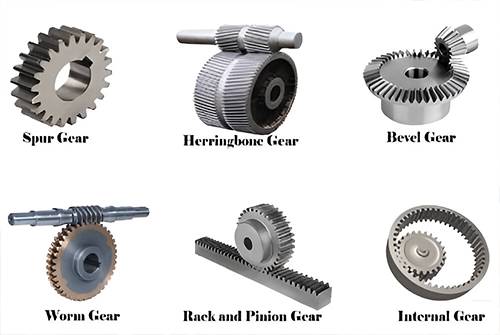
A gear also called as gear drive which comes with three crucial functions like increasing the torque from the driving or driven equipment, helps to decrease the speed generated by the motor and last but not the least changing the direction of the rotating shafts. The connection of gear with gearboxes can be achieved by using chains, coupling and hollow shaft connections.
In this blog, we are going to know about different types of gears and its usage-
This type of gears helps to transmit power by shafts which are parallel. In Spur gear, the teeth are parallel to the shaft axis. It causes the gear to create radial reaction loads on the shaft but not an axial load. Spur gear is noisier as compared to helical gear as it functions with a single line of contact. It is quite different to helical gear which has more than one tooth as well as transmitting the torque smoothly.
Helical gear has teeth which are aligned at an angle to the shaft not like the spur gear which are parallel. This results in more than one tooth to be in contact at the time of operation. As compared to spur gear, the helical gear carries more load. The arrangement of this gear allows it to operate smoother and quieter. This helical gear is widely used in industries like Cement, Marine, Energy, Food, Mining, Bulk material handling, etc.
Another type of industrial transmission gear is Herringbone Gear which is similar to double helical gear but they don't have the gap which separates the two helical faces. It is smaller as compared to double helical and is ideal for high shock and vibration applications. The Herringbone Gear is mostly used in marine, mining and heavy industries.
Bevel gears are widely used to transmit power between the shaft which interest at an angle of 90 degree. It is most commonly used in industries where right angle gear drive is needed. This gear is generally not able to transmit more torque due to its parallel shaft arrangement.